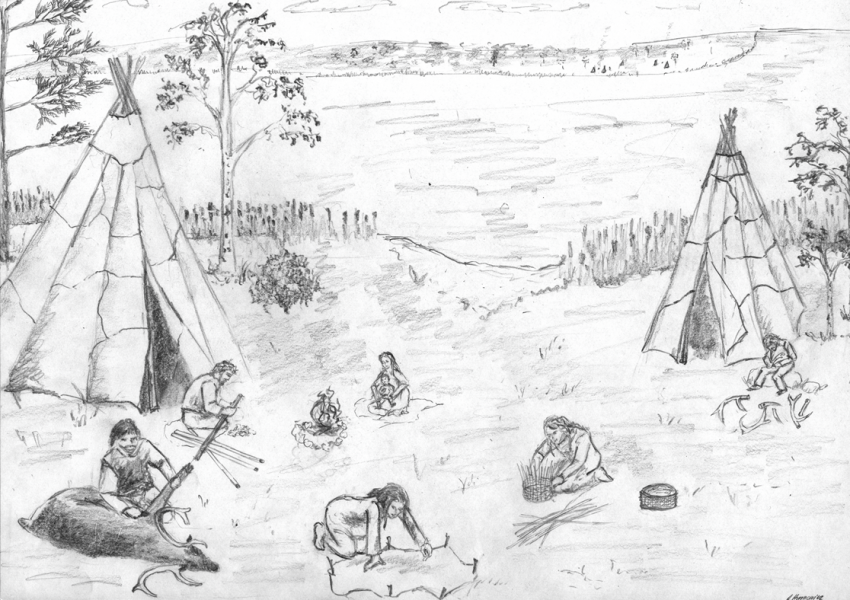Based on hunting and gathering plants, Palaeolithic communities perform tasks related to it both inside and outside the camp. During various activities, they use objects made of bones, antlers or flint materials, and these products are displaced and lost. The article aims to investigate how many artefacts are missing when archaeologists discover them at a given site (a former hunter-gatherer camp). The article written by prof. UAM, dr hab. Sobkowiak-Tabaka appeared in the Archaeometry journal.
Palaeolithic hunter-gatherer communities are active both inside and outside the camp. Some of the items made of animal antlers and bones, skins, siliceous materials, etc. are moved between functionally different camps. Thus, the question arises –ow many artifacts are missing from a given archaeological site at the time of their discovery. This article focuses primarily on flint artifacts (tools, cores, semi-raw material products used to prepare tools), which most often survive to our times.
The problem was considered taking into account the fractal properties of the raw material from which the artifacts were made. Fractals are description tools used to study, inter alia, dynamically occurring processes. The model presented in this article was based on the qualitative and quantitative properties of the missing artifacts, and then tested on Palaeolithic materials of the Federmesser and Swiderian culture communities from the site of Lubrza 10 (western Poland).
The obtained results made it possible to confirm the usefulness of the created model for a comparative analysis of teams from different positions and different structures within them, and to identify the functions of the sites


